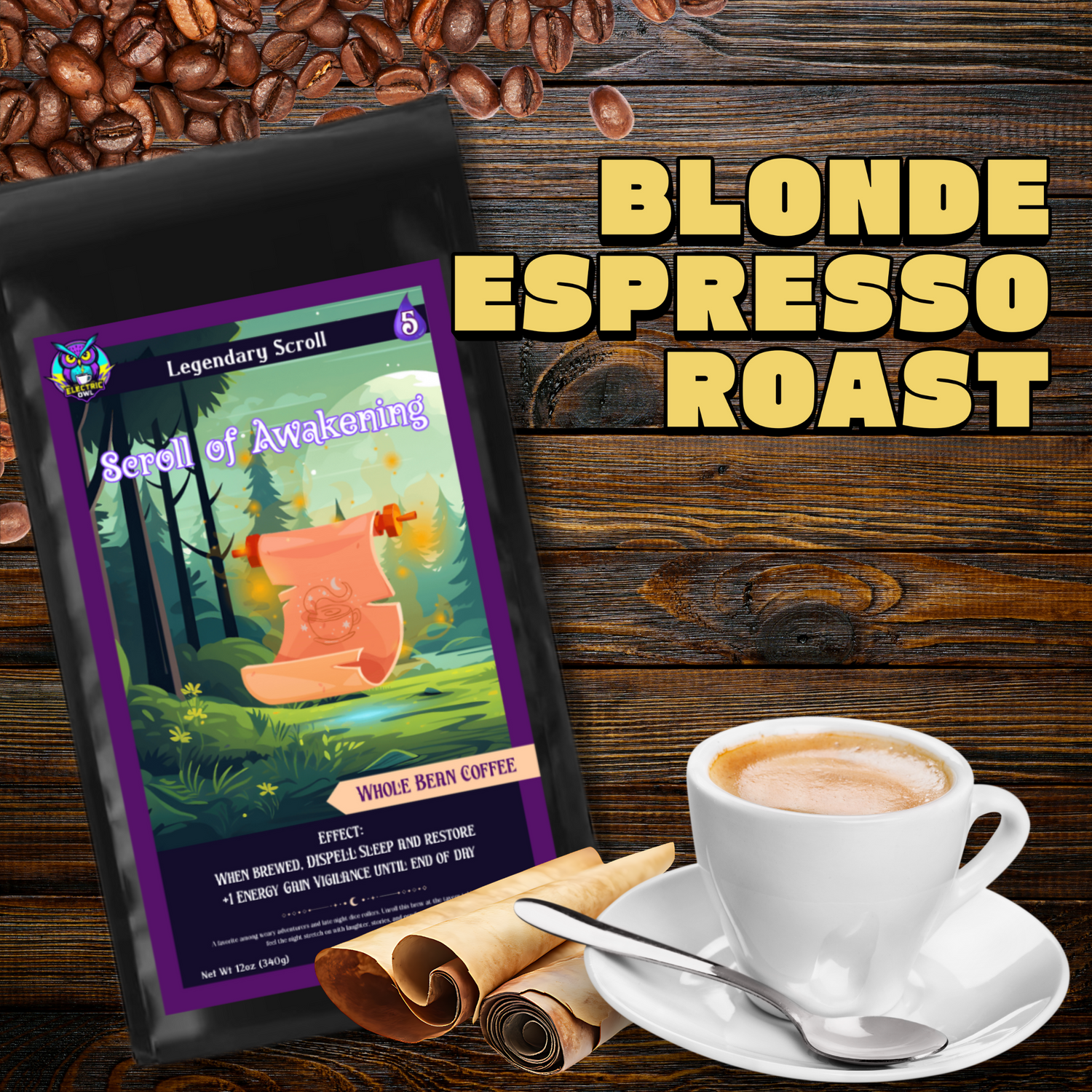
Anatomy of an Aromatic Brew: A Deep Dive into Coffee Roasts
Share
For many of us, coffee is more than just a beverage; it's a morning ritual, a midday pick-me-up, or a cozy evening companion. But have you ever stopped to wonder why your morning brew tastes so different from the espresso you had at that cafe last week? The answer, more often than not, lies in the roast.
Coffee roasting is a transformative art, a delicate dance of heat and time that turns raw, green coffee beans into the aromatic, brown gems we know and love. It's during this process that the bean’s inherent flavors are unlocked and developed. The longer and hotter the roast, the more the bean changes, leading to the distinct categories we know as light, medium, and dark roasts.
The Foundation: Green Coffee Beans
Before we explore the roasts, let's briefly consider the starting point. Unroasted green coffee beans are dense, grassy, and possess a surprisingly high level of acidity. They hold all the potential for flavor, but none of it is accessible until they've been subjected to the roasting process.
Light Roasts: The Purist's Choice
Light roasts are coffee in its most authentic form. The roasting process is stopped shortly after the "first crack" — an audible popping sound that signifies the beginning of the bean's expansion. This brief roast time results in a bean that is light brown in color, with a dry, non-oily surface.
- Flavor Profile: Light roasts are a showcase of the coffee bean's origin. They retain the most of the bean's original characteristics, including its delicate floral and fruity notes. The acidity is pronounced and bright, often described as lively or complex. You'll taste the terroir—the unique combination of soil, climate, and elevation where the coffee was grown. Think of notes like citrus, berries, jasmine, or even a subtle tea-like quality. The body is typically lighter, with a crisp and clean finish.
- Best For: Those who appreciate a nuanced, vibrant cup that highlights the unique flavors of the bean's origin. Light roasts are perfect for pour-overs and other manual brewing methods that allow these subtle flavors to shine.
Medium Roasts: The Harmonious Middle Ground
Medium roasts are the most popular and versatile category, representing a perfect balance between the origin flavors and the caramelized sweetness developed during roasting. The roast continues past the first crack, but is stopped before the second crack begins. The beans are a medium brown color and still have a dry surface, though some may start to show a very slight sheen.
- Flavor Profile: Here, the bright acidity of the light roast is mellowed, and the coffee's body becomes fuller. You'll still taste some of the original bean flavors, but they are now balanced with the sweet, caramel notes brought out by the heat. Think of a pleasant blend of nutty, chocolatey, or toasted notes alongside hints of the original fruit or floral characteristics. The aroma is rich and inviting, and the finish is smooth and balanced.
- Best For: The everyday coffee drinker who wants a well-rounded and approachable cup. Medium roasts are excellent for a variety of brewing methods, including drip coffee makers, French presses, and even espresso, as they offer a great balance of flavor and body.
Dark Roasts: The Bold and Intense
Dark roasts are the result of a longer and more intense roasting process. The beans are roasted well into or even past the "second crack," a more violent and rapid series of pops. The beans emerge a deep, dark brown, often with a noticeable oily sheen as the oils from the beans are drawn to the surface by the heat.
- Flavor Profile: The origin flavors of the bean are almost entirely eclipsed by the intense, roasty notes created by the long exposure to heat. The acidity is significantly lower, and the coffee's body is full and heavy. The dominant flavors are bold, smoky, and often bittersweet, reminiscent of dark chocolate, toasted nuts, or even burnt caramel. The mouthfeel is robust and the finish is lingering and smoky.
- Best For: Those who crave a strong, assertive cup with a bold and smoky flavor. Dark roasts are the classic choice for espresso, as their robust flavor holds up well with milk and sugar. They are also favored for French presses, where their heavy body can be fully extracted.
In Summary: The Roast Scale
Think of the roast as a spectrum, not three rigid categories. As you move from light to dark, you can expect a general shift in these characteristics:
- Acidity: High (Light) → Medium (Medium) → Low (Dark)
- Origin Flavors: Prominent (Light) → Balanced (Medium) → Subdued (Dark)
- Roast Flavors: Minimal (Light) → Balanced (Medium) → Dominant (Dark)
- Body: Light and Crisp (Light) → Medium and Balanced (Medium) → Full and Heavy (Dark)
- Bean Appearance: Light Brown, Dry → Medium Brown, Dry → Dark Brown, Oily
The next time you're at your local coffee shop or browsing the coffee aisle, take a moment to consider the roast. Understanding the journey of the bean from its green state to the final roast can help you discover new favorites and appreciate the intricate world of coffee in a whole new way. After all, the best coffee is the one that tastes best to you, and now you have the tools to find it.


